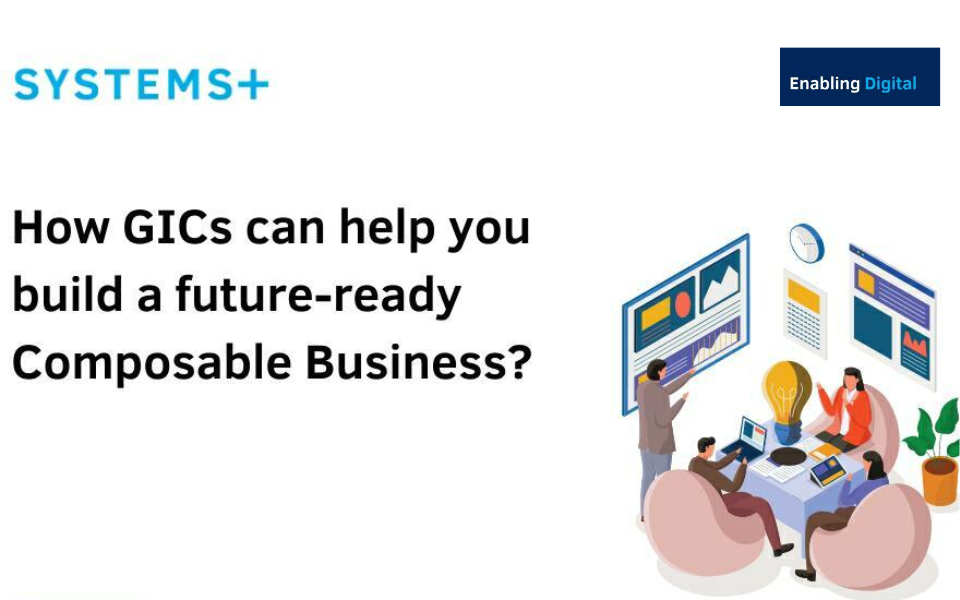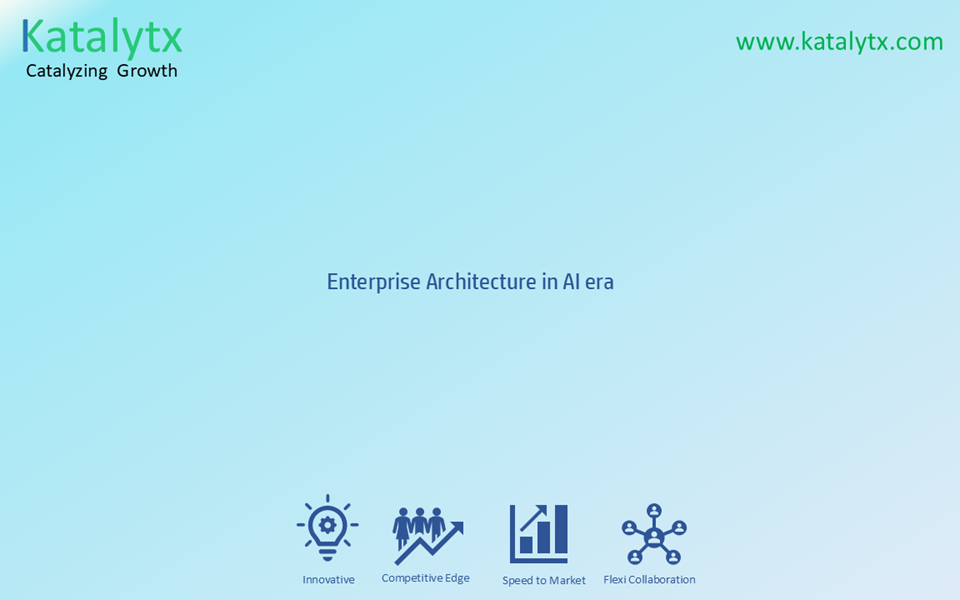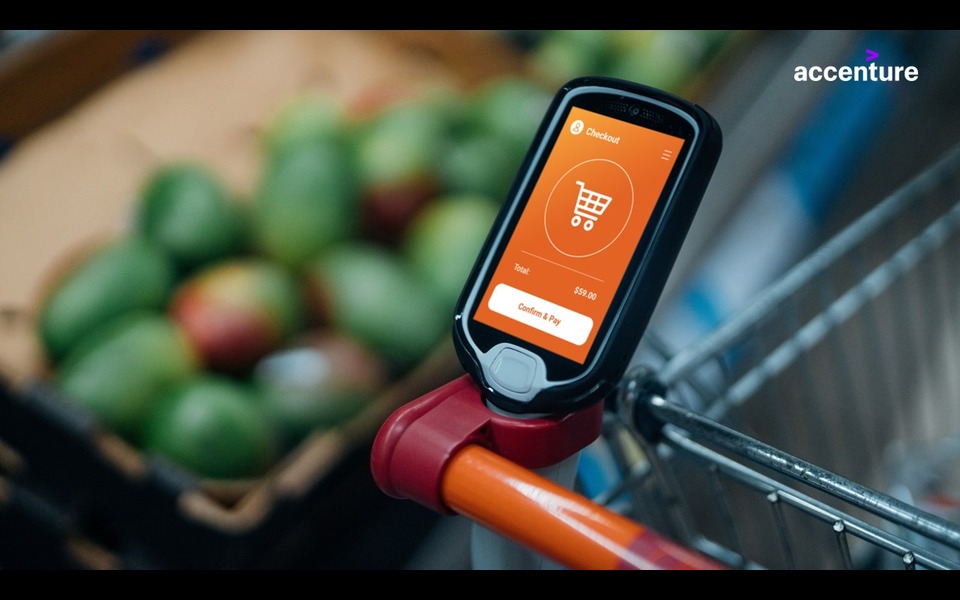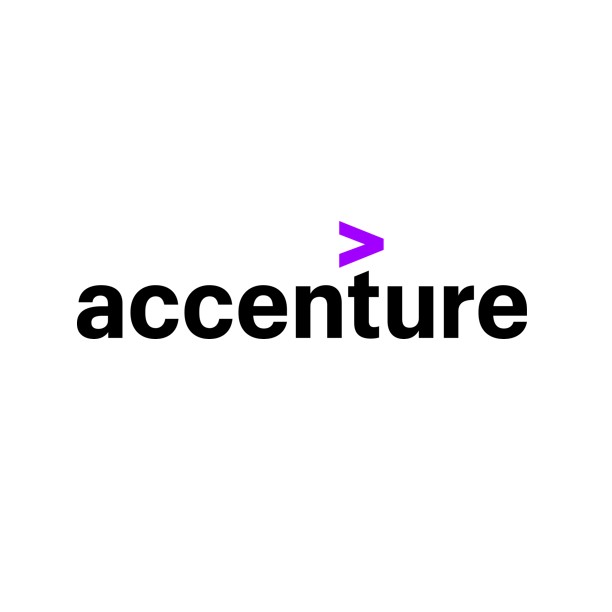The Digital Wave is one of the most significant events of our times. It is a disruptive force that presents unprecedented opportunities for engaging and serving customers in superior ways and thus creating exciting new business opportunities. At the same time it threatens many established & profitable business models, companies and entire industries. It thus presents both tremendous opportunities and challenges for GICs (Global In-house Centre) that have developed as such an integral part of global enterprises.
The recent NASSCOM GIC Conclave in Chennai focused entirely on understanding implications of Digital Wave for GICs. I had the opportunity to chair a session on the impact of Digital Wave on Customer Experience and Expectations from GICs. This was a great opportunity to take a front-to-back view and link both demand forces and supply side implications. Our keynote speaker for this discussion was Venkat Achanta (Chief Data Officer, Walmart). We had an outstanding panel that included Geoff Pescheret (VP – Global Business Solutions, General Mills), Arindam Banerrji (Head -Technology & Operations Service Centres, Deutsche Bank) and Opal Perry (VP, All State). This panel had a great mix; a leader from the retailing industry that has already seen massive digital disruption, two from financial services that are at the anvil of potentially getting disrupted and one from the food industry that should seemingly be less impacted.
In the note below I have tried to synthesize key insights from our panel discussion, which we did in 2 parts. Part 1 focused on the demand side and understanding how customer expectations are changing, what it means for service offerings and potentially business models. And, Part 2 focused on the Supply side and understanding how expectations from GICs are changing especially on the talent side because of the Digital Wave, and how they are measuring up to the changed expectations.
Demand side forces – Changing customer expectations and service models
There was consensus that the Digital Wave is real and impacting all industries including the seemingly steady food industry. Every company represented on the panel had a digital agenda, but were at different stages of working their way through it. There were 4 key insights that came out from the Demand side discussion:
- Customer segmentation and differentiated expectations. Different sets of customers have different expectations of digital experience. For example, the expectations of digital experience might be very different across retail and institutional customers for a bank. Important to understand this and design targeted customer offerings accordingly
- Transparency. Customers have greater expectations of information transparency. This ranges from composition and manufacturing details in the food industry to pricing in the insurance industry. Pricing transparency is then leading to a downward pressure on pricing in many cases.
- New players and Partnership opportunities. Digital Wave is creating a host of new players that are disrupting traditional industry structures. For example in the Financial Services industry new “FinTech” players like PayPal and AliPay have built significant scale. They are less encumbered by regulations and legacy infrastructure and have been able to grow rapidly in many cases. These new players are a challenge for the established majors but also provide opportunities for partnerships to redefine service offering and delivery models.
- Adaptive applications and virtuous feedback loop. Venkat in his keynote address brought out vividly how digital applications are creating a ‘data exhaust’. This unprecedented growth in data (“big data”) provides opportunities for analytics and generating insights. These can be leveraged to redefine and fine-tune customer journeys to deliver exceptional personalized customer experience. This virtuous feedback loop between digital, “big data” and analytics helps create adaptive, “intelligent” applications, which are perhaps one of the distinguishing service offering opportunities of the Digital Wave.
Supply side implications – Changing expectations from GICs
Our panel had high expectations from the GICs and saw them as a key change agent for the global enterprise in the digital transformation journey. At the same time there was recognition that GICs will need to make multiple changes and raise their game. We discussed 7 changes that GICs will need to make:
- Culture. Perhaps the most important change for the GIC is to shift from a ‘Command & Control’ culture (current situation in most cases) to a more open culture that encourages creativity, innovation and thought leadership. This needs to be a concerted change effort as culture is embedded over a long period of time and is often reflective of the prevailing culture in the ‘’mother-ship” (i.e., the parent organization).
- Skills. Mobile development, design and data analytics skills will become more important. In addition, GICs will need to build not just technical and process knowledge but deeper business knowledge and intimate understanding of end-customers. This is essential to move up on the value addition curve especially so in design and analytics areas.
- Centres of Excellence. Expectations from GICs in many areas are shifting from support and execution to lead the build out of new capabilities. This is especially seen in ‘Big Data and Analytics’ where many multi-national organizations have built their global centres of excellence in their GICs in India. This requires raising the bar on talent relative to what GICs might have worked with historically.
- Dual speed. Global enterprises are evolving in response to the Digital Wave. Some parts of the enterprise are severely affected and thus transforming significantly while others parts might still be operating in a more traditional manner. GICs might therefore need to work at dual speed to align themselves to varying expectation from different parts of the parent organization.
- Link with domestic markets. Emerging markets that many GICs operate in have young population that are more natural consumers of digital applications. This presents a great opportunity for learning and feeding back design ideas for global offerings. This might require GICs to have a closer linkage with their domestic market operations than what some of them might have had historically.
- Leverage external ecosystem. Enterprises have to recognize that they might not be best placed to build themselves all the capabilities required to compete in the Digital Wave. There is a well-developed ecosystem of IT companies in India that many global enterprises leverage already (often in combination with their GIC capabilities). However, for the digital-age capabilities, collaboration with the rapidly growing product start-up ecosystem might be more relevant. There are many start-ups and entrepreneurs who are developing Intellectual Property that could be of value for enterprises. Some enterprises have begun to leverage this ecosystem opportunity via their GICs by setting up both internal and external incubators. It will be helpful for GICs to be aware of this opportunity and bring it to their enterprise’s attention.
- Leadership step-up. All this change means that expectations from the GIC leaders are increasing significantly; clearly ‘’what got them here will not get them there”. GIC leaders will need to be more entrepreneurial, take bigger risks, be thought leaders not just reliable execution managers, have deep understanding of the business, inspire and not just manage, and influence globally. Some GIC leaders might not be able to make the transition and organizations might respond by bringing in new leaders with a new DNA (some have already done so). While bringing in new leaders is a seeming “easy fix”, it can perhaps not be the complete solution. In addition, GICs will need to invest even more in management development so the desired mind-sets and behaviours are embedded early on and more pervasively across the management layers.
I have been closely involved in the GIC evolution in India and have participated actively in the last 5 NASSCOM GIC Conclaves, but the activity and optimism I saw in the recently concluded Conclave in Chennai was unprecedented. There were many more senior leaders from ‘’parent’’ organizations participating, their conviction was strong and expectations from their GICs very high. This strengthens my belief that GICs are sitting at the cusp of unprecedented opportunities.
Many GICs have matured, progressing well on a value-addition journey and in process building tremendous credibility within the global organizations. At the same time Digital Wave is creating tremendous change for global enterprises and many are searching for solutions to respond to it effectively. Coupling of these supply and demand side forces creates a unique opportunity for GICs to step up. GICs can be the ‘solution’, the ‘’centre of gravity’’ driving transformation in both capabilities and culture for the global enterprise.
Much will depend upon how the GIC leaders step up and seize the opportunities. These are exciting times and it will be fascinating to watch and participate in the digital transformation journey.
Synopsis of panel discussion at the NASSCOM GIC Conclave in Chennai, April 24, 2015
This blog has been posted with permission from Nitin Seth. The original blog can be accessed here: http://nseth71.blogspot.in/2015/04/the-digital-wave-art-of-possible.html

































